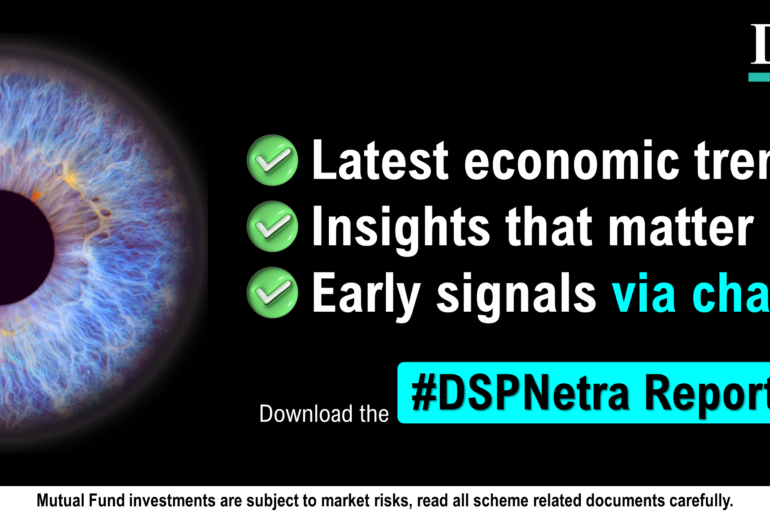Last Updated on Nov 11, 2022 by Anjali Chourasiya
Off lately, we have seen some good interest coming in the PSU banking segment, and stocks are still near lows in comparison to historical data. After going through all the PSU Banking stocks charts, I could shortlist the Bank of India as one of the candidates who can be considered for positional trade.
Herein I share my technical views on the said counter from different timeframe perspectives.
Table of Contents
Monthly: Time cycle
Since its inception, two trending moves are seen on the monthly chart. The First was an uptrend, and the second was a downtrend. The massive uptrend started before the 2000 era and continued till 2011, and then the decline started. The entire advance continued for almost 140 months, and the recent decline completed 140 months too. There is a bright possibility of counter-halting its downtrend (supportive observations are discussed in other charts).
Monthly: Supertrend
The supertrend has worked well on the higher timeframe for the counter, where we can see that almost the entire uptrend of the past and the recent decline is well captured using indicators. From the extreme low, when the price bounced well with volume, we can see a breakout of the indicator, and the price has decisively remained above the indicator for more than a year. Good volume activity in the entire consolidation is making this a reliable breakout.
Weekly: Price action
The entire decade’s decline from 2010 to 2020 was constantly taking support and resistance of the white trendline. The first time, the counter made a higher bottom. The yellow trendline is offering immediate resistance, which can also turn out to be the breakout. On the formation front, the decline was falling and expanding wedge (highlighting increased broader volatility). The most recent price action is forming a cup and handle formation (though descending and not very clear). Volumes on the uptick are pretty attractive compared to downtick, making them more attractive. Immediate breakout of the yellow trendline can open doors to the white trendline and can be a good short-term trade to watch out for.
Weekly: Fibonacci
The higher bottom of the recent uptick made a bottom at the 78.6% support zone. The interesting thing to watch out for is that volumes were above average during the first incline, and the same is witnessed in the second incline too. This confirms that 78.6% is good support for the counter.
Weekly: Relative Strength Indicator (RSI)
RSI is a momentum indicator that helps to understand the strength of emerging momentum. RSI is clearly above 50 (almost near 70) and confirming super strength gathering in price action, and still upward pointing, confirming the trend may continue. There seems to be a bright possibility of the breakout of the yellow trendline (but action should be taken on confirmation).
Weekly: MACD
MACD is a lagging indicator. It confirms the trend on confirmation. First was MACD crossover and then zero-line crossover, both confirming short-term trend reversal. The trend is expected to continue and will get more strength once the zero line is taken out with a good margin on the upside.
Weekly: Ichimoku
Ichimoku is taken as one of the most confusing indicators by most analysts, but I remain one of the fans of this. The future cloud on indicator is turning very narrow and likely to turn bullish. Kumo Cloud resistance is just coinciding with yellow trendline resistance, above which the up-trend may get confirmed.
Daily: Moving Average
Moving average is considered to be the trend-following tool, and one should apply some trial & error methods. As per the last 7 yrs’ data, we can see that 330 period EMA is offering good support and resistance to the counter. Recently on the daily chart, the price showed a moving average breakout with good volumes and even continued in the breakout direction. One can take this as a supportive factor alongside other observations.
Ratio Chart: Bank of India Vs SBI
The ratio chart of the Bank of India and State Bank of India (SBI) shows a falling wedge with a bullish RSI divergence. This confirms the likely outperformance of the Bank of India over SBI on a falling wedge breakout. Kindly note that this comparison has less reliability as compared with SBI may not be good logic, but on the breakout, one can certainly rely from a short-term perspective.
Ratio chart: Bank of India Vs PSU Bank Index
Massive underperformance is seen beyond a decade. A wonderful point to note is the declining support trendline for years and how valid it remained for so long. The recent bounce certainly looks like a dead cat bounce with a bullish RSI divergence. But as I discussed earlier, too, short-term outperformance is likely. Remember, whenever a massive trend is about to change, it will start from the minor change itself. So, for now, short-term outperformance is likely (based on the ratio chart). Going forward, this may continue in a big way too. One needs to evaluate as time proceeds.
Putting it all together
Monthly 140 candle cycle, monthly super trend breakout and sustaining above it for more than a year with good volumes, weekly falling expanding wedge and descending cup and handle formation on near formations, making the counter super attractive from mid to long term perspective. Further, the most recent higher bottom on the weekly chart with 78.6% Fibonacci support with bullish RSI divergence, MACD crossover, and MACD zero line crossover, Ichimoku future cloud crossover on cards with price crossover above Kumo Cloud, suggests the same.
The ratio chart of the Bank of India with SBI and Nifty PSU Bank Index is showing likely outperformance from a short-term to mid-term perspective. One can consider this counter as a turnaround counter and plan trades accordingly.
Statutory Disclosure: Kindly note that this update is only for educational purposes. It is safe to assume that my personal position, my fund’s position, my client’s position, and my relative’s position may be open on the counter. Prefer to take the advice of your financial advisor before initiating any position.
- Avenue Supermarts: Is Dmart Providing Shopping Opportunities for Portfolios? - Mar 29, 2023
- GMR Airport Infra: Counter on Runway To Fly Soon! - Mar 21, 2023
- SW Solar: Is The Counter A Good Bet From Long-Term Perspective? - Mar 14, 2023



